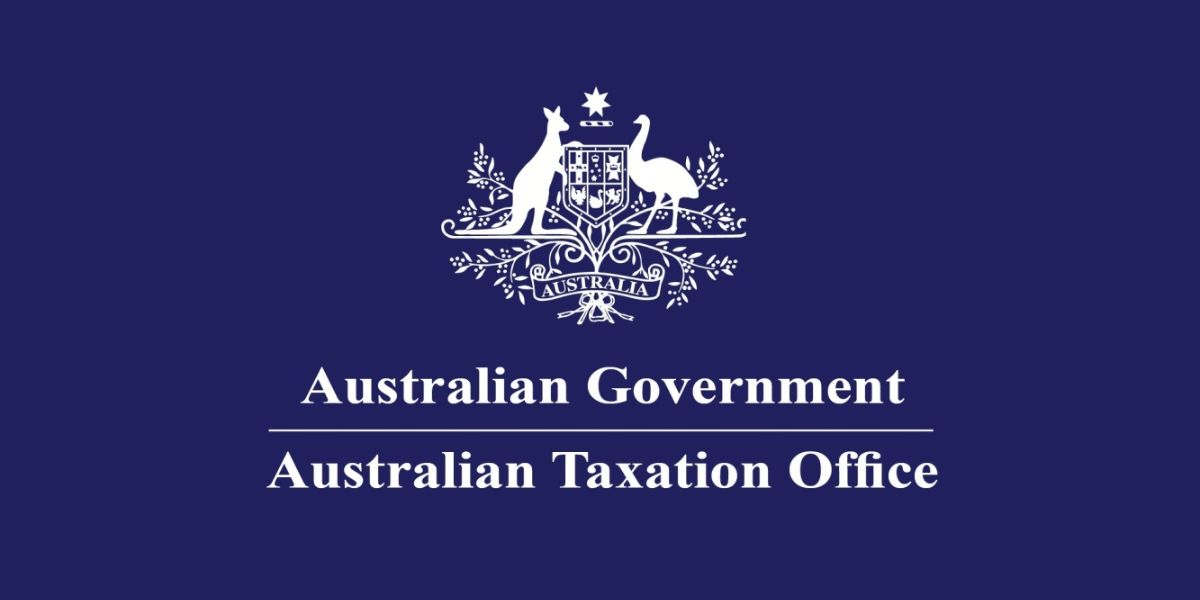On 16 March 2023, the Australian Treasury issued the Exposure Draft on the earnings before interest, taxes, depreciation, and amortization interest limitation rules (EBITDA). Consultation closes on 13 April 2023. The proposal to change the existing asset-based thin capitalization rules to 30% of EBITDA based on the OECD recommended approach, for income years beginning on or after 1 July 2023.
The Bill introduces new thin capitalization earnings-based tests for ‘general class investors’, specifically, a fixed ratio test that replaces the existing safe harbour test, and a group ratio test that replaces the existing worldwide gearing test. In addition, the Bill introduces an external third-party debt test for general class investors and financial entities that are not ADIs. The new thin capitalization rules may disallow all or part of a general class investor’s debt deductions for an income year.
Fixed ratio test
The fixed ratio test allows an entity to claim net debt deductions up to 30 per cent of its ‘tax EBITDA’, which is broadly, the entity’s taxable income or tax loss adding back deductions for interest, decline in value, capital works and prior year tax losses. This ensures that a portion of an entity’s profits remains subject to tax in Australia and cannot be eroded by excessive debt deductions.
Under the fixed ratio test, a special deduction is allowed for debt deductions that were previously disallowed under the fixed ratio test if the entity’s net debt deductions are less than 30 per cent of its ‘tax EBITDA’ for an income year. Debt deductions disallowed over the previous 15 years can be claimed under this special deduction rule.
The special deduction is included as part of the fixed ratio test to address year-on-year earnings volatility concerns for businesses which limit their ability to claim debt deductions depending on their economic performance for an income year.
Group ratio test
The group ratio test can be used as an alternative to the fixed ratio test for more highly leveraged groups. The group ratio test allows an entity in a highly leveraged group to deduct net debt deductions in excess of the amount permitted under the fixed ratio rule, based on a relevant financial ratio of the worldwide group.
If the group ratio test applies, the amount of debt deductions of an entity for an income year that are disallowed is the amount by which the entity’s net debt deductions exceed the entity’s group ratio earnings limit for the income year.
External third-party debt test
The external third-party debt test allows all debt deductions which are attributable to third party debt and that satisfy certain other conditions. This test replaces the arm’s length debt test for all entities previously subject to the arm’s length debt test.
Other provisions to thin cap
The new thin capitalization rules encompass several additional features, such as an expansion of the definition of “debt deductions” to determine the types of deductions that are ineligible under the regulations. Additionally, a reduction mechanism would be introduced for interest income (net debt deductions). The exemptions for debt deductions not exceeding AUD 2 million and for Australian-based groups with Australian assets below 90% would remain unchanged. Complying superannuation funds would be excluded from the definition of “associate entity,” so that their domestic portfolio investments would not be subject to thin capitalization rules.


















